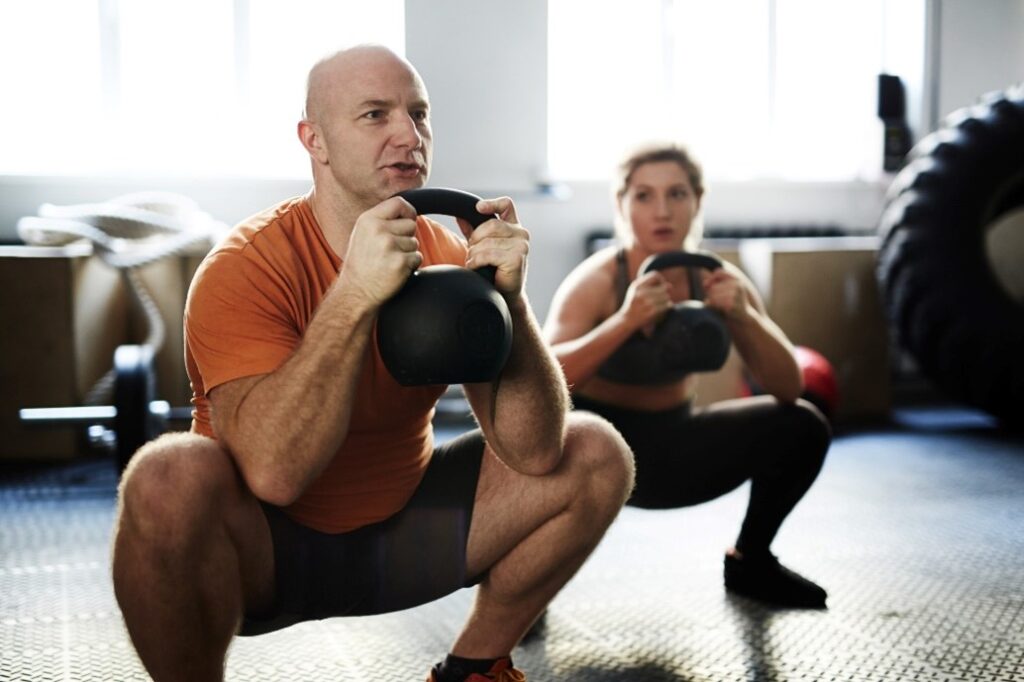Functional fitness revolutionizes the way we approach exercise, emphasizing movements that directly translate to real-life activities. Unlike conventional gym routines that isolate specific muscle groups, this approach trains the body to perform tasks with efficiency and confidence. In this article, Dr. Zachary F. Solomon delves into the world of functional fitness, exploring its benefits, principles, and how it can elevate your quality of life.
Real-Life Movements, Real-Life Benefits
At the heart of functional fitness lies the belief that workouts should mirror the movements we encounter in our day-to-day lives. This means incorporating exercises like pushing, pulling, bending, twisting, and lifting – actions we perform regularly, from hoisting groceries to chasing after children or even maneuvering luggage during travel. By preparing the body for these movements, individuals experience a marked improvement in their ability to handle daily tasks.
Tools of the Trade: Equipment in Functional Fitness
Functional fitness workouts often employ versatile equipment such as kettlebells, resistance bands, medicine balls, and bodyweight exercises. These tools engage multiple muscle groups simultaneously, providing a comprehensive and balanced approach to fitness. For example, a kettlebell squat not only strengthens the legs but also engages the core and enhances balance – skills crucial for activities like rising from a chair or retrieving items from the ground.

Adaptability for All: Functional Fitness for Every Body
One of the greatest strengths of functional fitness lies in its adaptability. Whether you’re a novice or a seasoned athlete, exercises can be tailored to suit your current capabilities. This inclusivity makes functional fitness accessible to individuals of all ages and fitness backgrounds.
A Strong Core: The Foundation of Functional Fitness
Functional fitness places a significant emphasis on core strength and stability. The core muscles, spanning the abdomen, lower back, and pelvis, play a pivotal role in supporting the spine and maintaining proper posture. A robust core is instrumental in sustaining balance and stability during a variety of activities, reducing the risk of accidents or injuries.
Joint Health and Flexibility: Moving with Ease
Engaging in functional fitness movements that encompass a full range of motion can lead to improved joint mobility and reduced stiffness. This is particularly valuable for older adults, as it helps preserve joint health and mobility, ultimately contributing to independent living.
Empowerment and Confidence: The Mental Benefits of Functional Fitness
Functional fitness doesn’t only impact the body; it also fosters mental well-being. Engaging in exercises that mirror everyday activities can boost confidence and self-esteem. When individuals feel capable and assured in their physical abilities, it can positively influence their overall sense of empowerment and well-being.

A Holistic Approach: Integrating Functional Fitness
Incorporating functional fitness into your routine doesn’t mean forsaking other forms of exercise. It can complement other fitness activities, providing a comprehensive approach to overall health and wellness. By including functional fitness exercises in your regimen, you can enhance your body’s proficiency in performing everyday tasks efficiently and reduce the risk of injury.
Conclusion: Elevate Your Quality of Life with Functional Fitness
Functional fitness is a game-changer in the realm of exercise, preparing individuals for the rigors of daily life. By training the body for real-world movements, you’ll experience heightened strength, agility, and mobility. This inclusive and adaptable fitness approach can benefit individuals of all ages and fitness levels, making it a valuable addition to any wellness routine. So, consider incorporating functional fitness exercises into your workout regimen and relish the enhanced physical and mental well-being it can offer.
